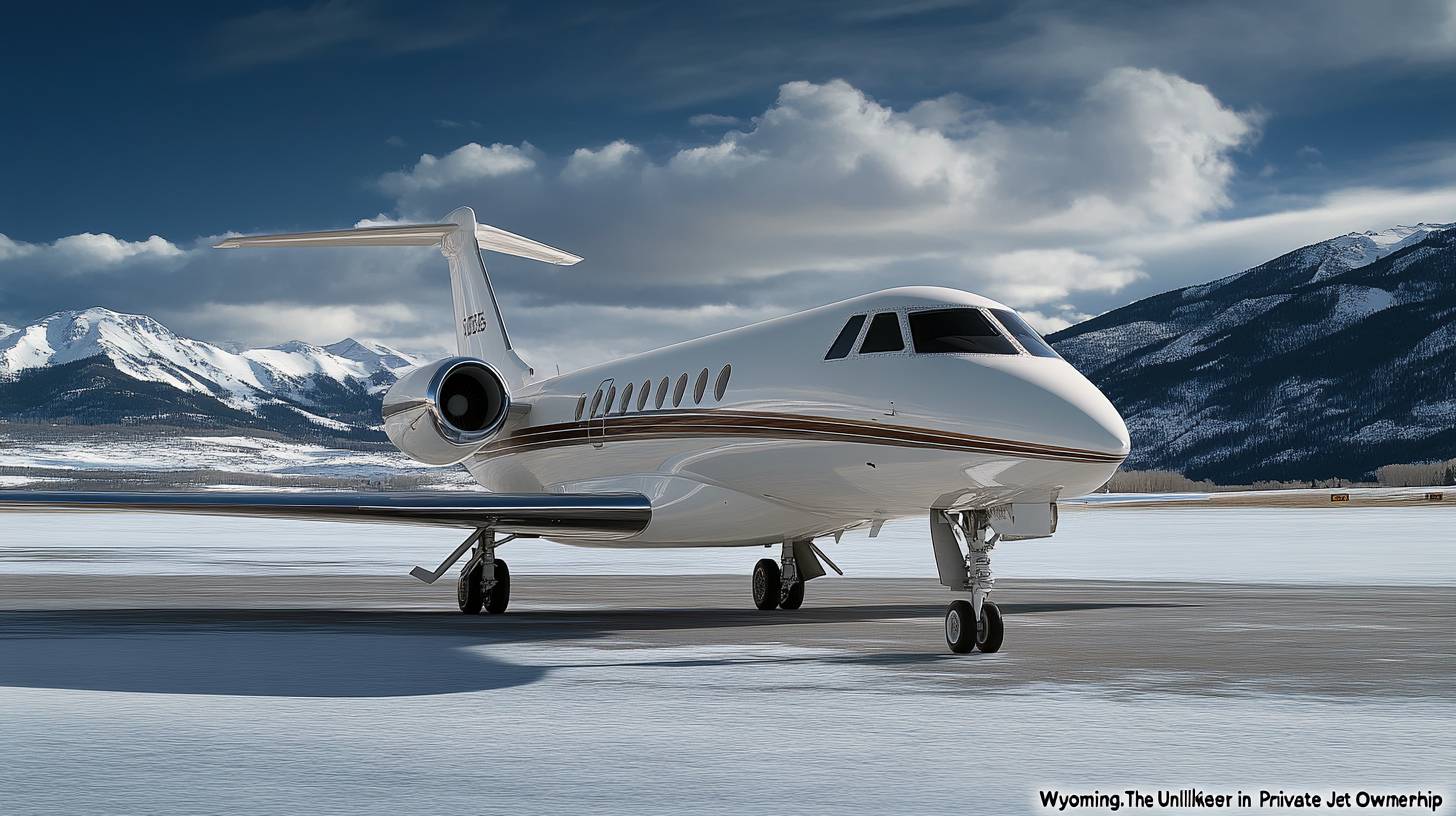
Private Jet Departures by State
While a significant portion of the nation’s wealth is found in coastal regions such as New York and California, it’s commonly believed that these are the primary locations for luxury displays, including opulent homes, high-end hotels and restaurants, and lifestyles supported by private jet travel.
However, in reality, the highest number of private jet departures occurs in Alaska. Analyzing data from Argus International, a travel platform named Rustic Pathways discovered that the Last Frontier experienced 4,996 private jet departures per 100,000 residents, totaling 36,650 departures in 2023 — averaging over 100 daily.
The states that ranked highest for private jet departures share traits of isolation and vast open spaces. Wyoming reported 24,263 annual private jet departures with 4,173 registered aircraft, while South Dakota followed with 26,944 annual departures and 2,961 private jets.
Montana, North Dakota, and Nevada also made it into the top six, with no East Coast state appearing in the top ten. Despite significant wealth concentration, New York, Connecticut, and Maryland recorded the fewest annual private jet departures per 100,000 residents — with numbers at 472, 414, and 353, respectively.
Maryland stands in stark contrast to neighboring regions. Washington, D.C., alone registered 4,517 private jet flights per 100,000 residents in 2023 — a figure that makes sense given the high number of political figures traversing through it, but it exceeds almost all other states not in the top three.
“America operates more private jets than any other nation globally, with a total of 3,123,007 departures recorded in the U.S. in 2023,” stated Rustic Pathways CEO Shayne Fitz-Coy, who also highlighted concerns about the impact on climate change. “[…] Regardless of these initiatives, the large number of private jets operated by celebrities and wealthy individuals for brief journeys across the U.S. likely negates many of these efforts.”
Environmental Impact and Public Response
The environmental ramifications of private jet usage — especially for short trips across the globe — often draw significant criticism from climate advocates. Various “online trackers” monitor the flights of celebrities like Taylor Swift, Elon Musk, and Prince Harry and Meghan Markle, and in June, activists protested at London Stansted Airport by spraying private jets with orange paint.
The individuals responsible were later detained “on suspicion of criminal damage and interference with the use or operation of national infrastructure,” but the organization Just Stop Oil has been ramping up efforts to highlight the frequent use of private jets.
“Taylor Swift has faced increased scrutiny lately for her excessive use of private jets for particularly brief travels during her Eras tour, releasing substantial amounts of CO2 into the atmosphere,” Fitz-Coy noted regarding the findings. “These results indicate that America has developed a private jet dependence.”
In Australia, discussions surrounding private jet usage are also gaining traction. The Australian business community is becoming more conscious of the environmental impacts associated with such lavish travel. With climate change being a critical issue, the pressure on private jet usage is mounting. Prominent Australian figures and business leaders are under the microscope, as their travel habits are often scrutinized by environmental organizations.
Additionally, the Australian government is facing calls to establish stricter regulations concerning private jet emissions. The public response extends beyond environmental advocates; shareholders and stakeholders in large companies are expressing their unease. The financial consequences of neglecting these environmental challenges could be considerable, potentially influencing stock prices and investor trust.
As the global landscape shifts towards more sustainable methodologies, the Australian business sector must weigh the long-term implications of private jet travel. Businesses are urged to explore greener options and invest in sustainable aviation developments. The transition to electric and hybrid aircraft could revolutionize the industry by diminishing the carbon footprint while upholding the advantages of private air travel.
Ultimately, the environmental repercussions and public discontent regarding private jet usage cannot be overlooked. For the Australian business sector, directly tackling these issues is essential for preserving a favorable public image and ensuring future sustainability.

